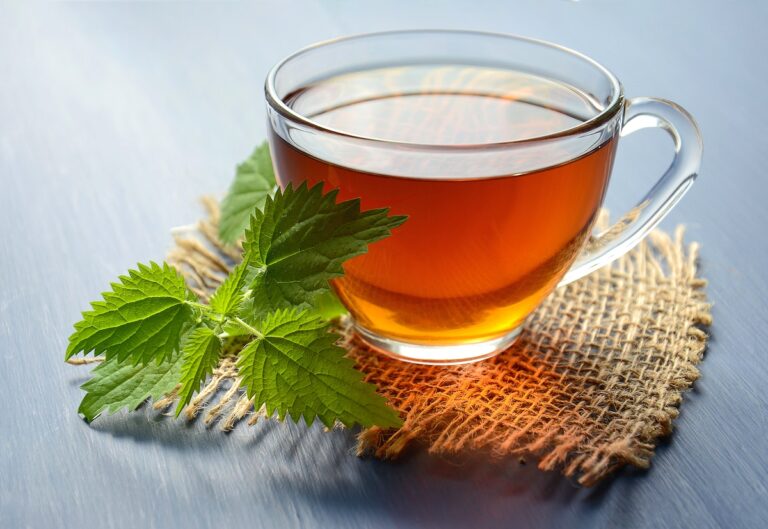Worldsfeed Health Desk: Green tea, derived from the leaves of the Camellia sinensis plant, has captivated people worldwide for centuries. Beyond its delightful flavor and soothing warmth, green tea is celebrated for its numerous health benefits, making it much more than just a beverage. In this article, we’ll explore the wonders of green tea, its health-boosting properties, cultural significance, and why it’s a treasured elixir for both body and mind.
1. Health Benefits of Green Tea:
Green tea is a rich source of antioxidants, particularly catechins and polyphenols. These compounds are known for their powerful health-promoting properties:
- Boosting Metabolism and Weight Loss: Green tea contains a modest amount of caffeine and is renowned for its ability to increase metabolic rate, making it a popular choice for those looking to shed extra pounds.
- Heart Health: Regular consumption of green tea has been linked to a reduced risk of cardiovascular diseases. It helps lower bad cholesterol levels and improves overall heart health.
- Cancer Prevention: Some studies suggest that the antioxidants in green tea may help reduce the risk of certain types of cancer by inhibiting the growth of cancer cells.
- Improved Brain Function: The combination of caffeine and L-theanine in green tea can enhance brain function, improve mood, and increase alertness without the jittery feeling associated with excessive caffeine consumption.
- Anti-Inflammatory: Green tea’s polyphenols possess anti-inflammatory properties that may help mitigate various chronic diseases.
- Oral Health: The natural fluoride content in green tea can support dental health by inhibiting the growth of bacteria that cause tooth decay and bad breath.
2. Types of Green Tea:
Green tea comes in various types, each with its unique flavor profile and characteristics. The two primary categories are Japanese and Chinese green teas.
- Japanese Green Tea: Varieties like Sencha and Matcha are popular in Japan. Sencha has a fresh, grassy flavor, while Matcha is a powdered green tea used in traditional Japanese tea ceremonies, known for its vibrant green color and rich, umami taste.
- Chinese Green Tea: Varieties like Dragon Well (Longjing) and Jasmine tea are famous in China. Dragon Well has a mild, slightly nutty flavor, while Jasmine tea is scented with jasmine blossoms, providing a fragrant and soothing experience.
3. Teatime Rituals and Cultural Significance:
Green tea plays a central role in the tea cultures of both Japan and China. In Japan, the art of tea preparation, known as the “Way of Tea” or Chanoyu, is a highly revered cultural practice. It involves precise rituals and aesthetics that emphasize harmony, respect, purity, and tranquility.
In China, tea ceremonies are less formal but equally significant. The act of brewing and serving tea is considered an act of hospitality, and it’s common for friends and family to gather for tea, fostering meaningful connections.
4. Brewing the Perfect Cup:
Brewing green tea requires attention to detail to bring out its best flavors. Here’s a simple guide to get you started:
- Heat water to around 175°F (80°C) for Japanese green teas and 180°F (82°C) for Chinese green teas.
- Use about one teaspoon of green tea leaves per 8 ounces of water.
- Steep for 2-3 minutes for Japanese green teas and 3-4 minutes for Chinese green teas.
- Experiment with brewing times and leaf amounts to find your preferred strength and flavor.
5. Conclusion:
Green tea is not just a beverage; it’s a holistic experience that nourishes the body and calms the soul. Its health benefits, diverse flavors, and cultural significance make it a cherished elixir enjoyed by millions around the world. So, whether you’re seeking to boost your health or simply savor a moment of tranquility, a cup of green tea may be the perfect choice.


0 Comments